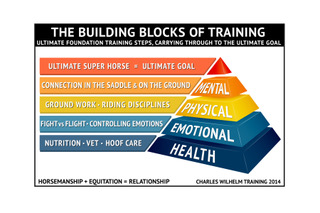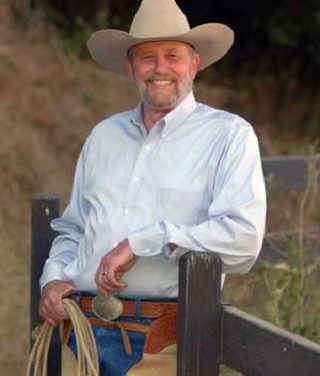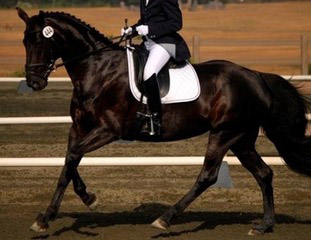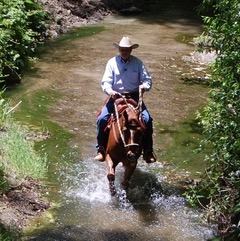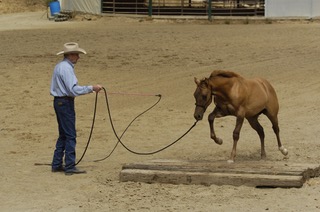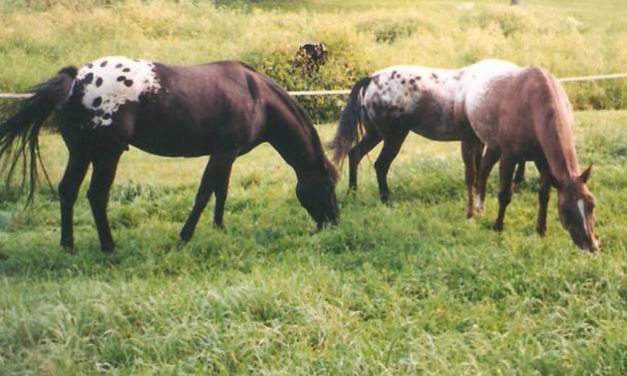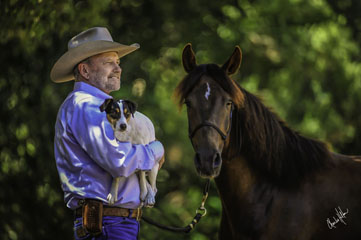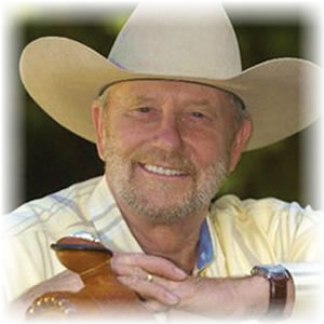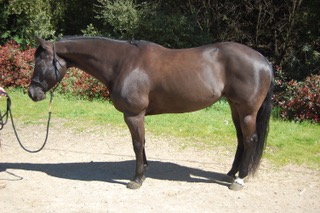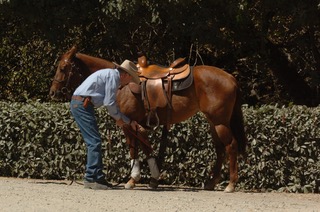Getting a Horse to Accept a Farrier
It is relatively common for a young horse to dislike having his feet or
legs worked on. Horses are prey animals. It takes a lot of trust for a
horse to allow a foot to be picked up as this prevents the horse from
running away. Your horse may be used to you and be relaxed when you
pick up a foot to clean it but you do represent the pressure around the
feet and legs that a farrier will. It is common, particularly for a young
horse, to dislike being shod but if the horse hasn’t learned to accept
pressure of any kind, he is going to react with fight or flight.

